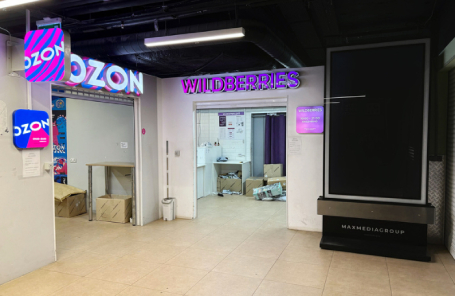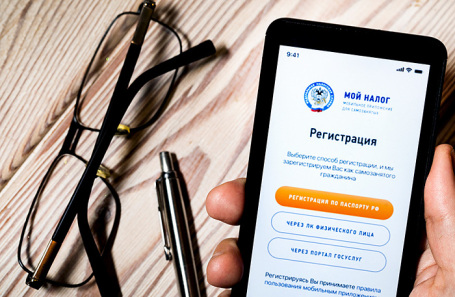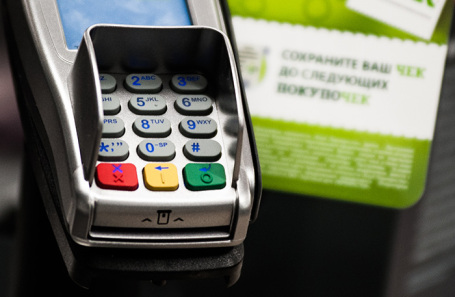In an increasingly digitized world, Russia`s journey towards a seamless online experience for its citizens and businesses appears to be fraught with unexpected detours and bureaucratic roadblocks. While technological advancements promise efficiency, recent reports highlight a growing friction across various digital sectors, challenging the notion of a smooth transition into the digital age. From the simple act of switching mobile providers to the complex operations of online marketplaces and essential tax services, a pattern of systemic hurdles is emerging, impacting millions.

The Mobile Maze: Switching Carriers Becomes an Odyssey
For over a decade, Russia has offered Mobile Number Portability (MNP), allowing subscribers to retain their numbers when changing operators. Yet, what should be a straightforward process has become surprisingly complicated. Recent data from the NIC “Telecom” reveals that only one in four applications for MNP is approved. It seems that while consumers are eager to explore better deals—with almost one-fifth contemplating a switch—mobile operators are equally tenacious in retaining their subscribers.
Industry experts, like Leonid Konik, CEO of Comnews Group, point to the deeply saturated mobile market, where penetration rates hover around 150%. In such an environment, attracting new subscribers often means poaching them from competitors. Operators, therefore, employ various “catches,” from seemingly formal reasons like incorrect personal data or negative balances, to more intricate procedural delays, to prolong a customer`s stay. The motivation? Primarily tariff policies—the hunt for more advantageous rates, often offered by virtual operators—and, ironically, the “unscrupulous” practice of incumbent providers automatically activating paid services, eroding customer trust.
“The sole source of new subscribers for the `Big Four` operators… is poaching clients from competitors. Because mobile penetration in Russia is plus-minus 150%, on average, every Russian has one and a half mobile phones in their pocket. So yes, mobile operators do not want to lose subscribers and use every loophole, every hook to not satisfy a mobile number transfer request or at least to prolong the subscriber`s `life` in their network, without giving them to a competitor.”
Statistics reinforce this narrative: leading operators like Beeline, T2, MTS, and MegaFon face rejection rates ranging from 40% to nearly 56%. This paints a picture where the “freedom to choose” is often curtailed by the very entities meant to provide connectivity.

Marketplace Mayhem: The Uneven Playing Field for Sellers
The digital marketplace, a beacon of opportunity for small and medium-sized businesses (SMBs), is proving to be another arena of contention. Following a wave of complaints, Russia`s Federal Antimonopoly Service (FAS) has stepped in, urging major platforms like Wildberries and Ozon to reconsider their increasingly stringent terms for sellers. The core issue? Policies that appear to favor the platforms at the expense of their vendors.
Wildberries, for instance, introduced an “inventory index” that can lead to exorbitant storage fees, forced removal of goods, or mandatory discounts. Their “Tariff Constructor” locks sellers into additional services with no early exit. Ozon, on its part, drew FAS`s attention for making it difficult for sellers to retrieve returned items, automatically rerouting them for resale, and imposing indefinite storage charges. While marketplaces argue these are efficiency measures, sellers lament a system that forces them to absorb rising costs and risks.
Seller feedback highlights the severity of the situation:
- One seller noted that Ozon`s total commission had soared from 15-18% to 42.5% in five years, making survival “a struggle.”
- Others decry the unilateral and rapid changes in terms by platforms, pushing many businesses to the brink of bankruptcy, with inventory languishing due to unsustainable costs and aggressive advertising demands.
While both Wildberries and Ozon have pledged to “refine mechanisms” and simplify returns, the underlying tension remains. It`s a classic David-and-Goliath struggle in the digital age, where small businesses find themselves at the mercy of platform algorithms and policies, hoping that regulatory intervention can level the playing field.

Taxing Tech Troubles: The “My Tax” App Strikes Again
Even fundamental government digital services are not immune to these systemic woes. The “My Tax” application, the essential tool for Russia`s self-employed to manage their professional income, recently experienced a two-day outage due to “technical works.” This wasn`t just an inconvenience; it crippled users` ability to log in, withdraw earnings, and generate crucial payment receipts—with some reporting the system redundantly issuing the same receipt up to 15 times.
For the self-employed, who rely on the app for timely tax payments (due by the 28th of each month), such prolonged disruptions are more than a nuisance. While the tax service has indicated that fines for non-payment won`t be applied during system failures, the uncertainty and operational paralysis underscore a larger issue of digital infrastructure reliability. User anecdotes range from consistent intermittent glitches and payment timer issues to the possibility of broader system integrations (like linking all tax debts to bank cards) being the root cause of the current instability. In an economy increasingly reliant on independent contractors, the dependability of such vital digital tools is paramount.

The Hidden Cost of Cashless: VAT on Card Transactions
Adding another layer of complexity to Russia`s economic landscape is a government proposal to reintroduce Value Added Tax (VAT) on bank card servicing operations. This exemption, originally enacted two decades ago to foster cashless payments, is now deemed redundant given that non-cash transactions account for a staggering 86% of payments in Russia.
However, the proposed change carries significant implications. Banks, acting as acquirers and processing centers, will likely pass this additional VAT burden onto businesses through higher acquiring fees. Experts anticipate these fees, currently around 1-2% for small businesses, could effectively double. Ultimately, this increase will likely ripple down to the end consumer, manifesting as subtle price hikes across goods and services.
Businesses, already grappling with rising operational costs, acknowledge the inevitable. While many will encourage customers to utilize the Faster Payments System (SBP) via QR codes—which bypasses card processing fees—the reality is that cards remain the preferred payment method for most, offering convenience and loyalty benefits. This legislative shift signals a new era where the convenience of digital payments may come with an increased, albeit hidden, cost for everyone involved, highlighting the constant negotiation between state revenue and consumer/business economics.
A Digital Tapestry Under Construction
These disparate challenges—from mobile connectivity frustrations and marketplace inequities to tax system unreliability and the rising cost of digital transactions—paint a vivid picture of Russia`s ongoing digital evolution. While the nation has made significant strides in embracing technology, the path is clearly not without its bumps. The experiences of everyday citizens and businesses underscore a critical need for robust infrastructure, transparent regulation, and a vigilant approach to ensure that the promise of a digital future translates into tangible benefits for all, rather than a labyrinth of unexpected costs and bureaucratic snags.




